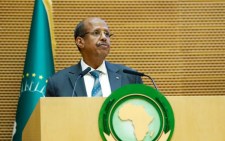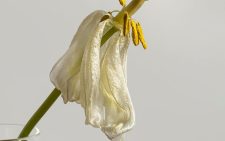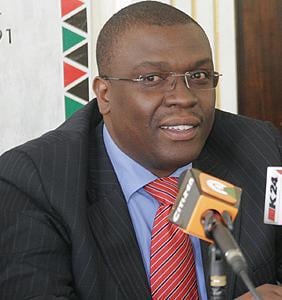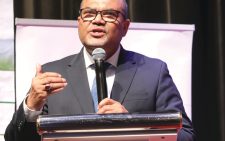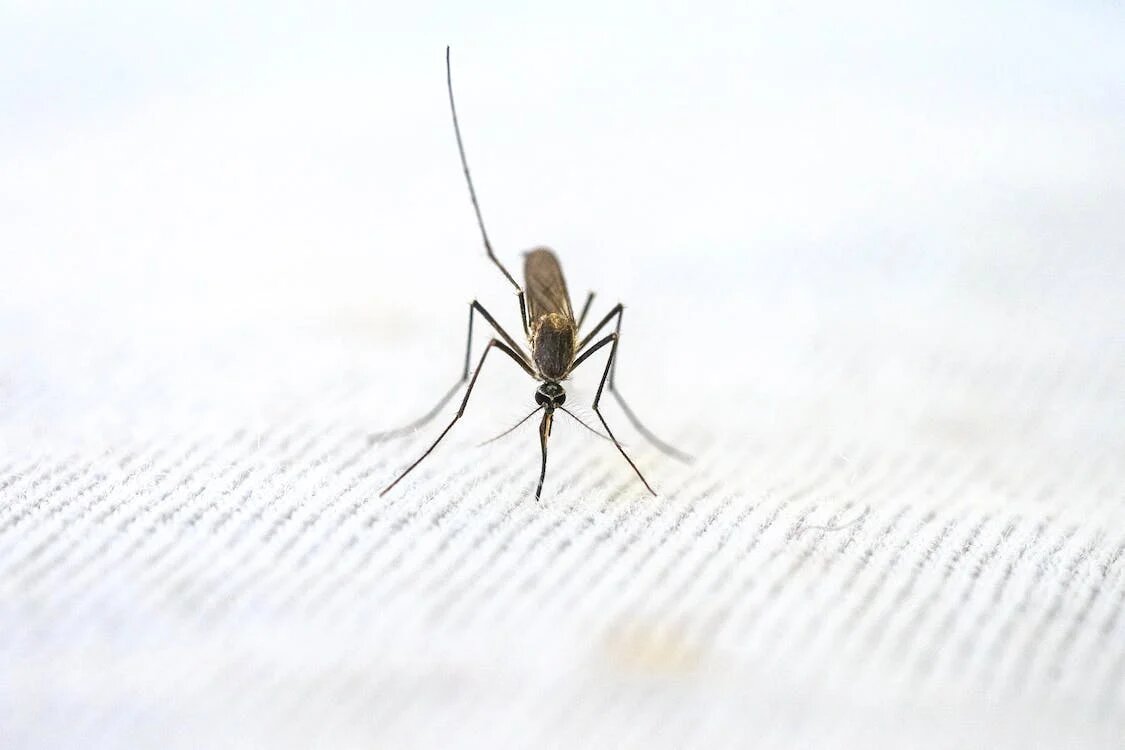Unfashionable future?
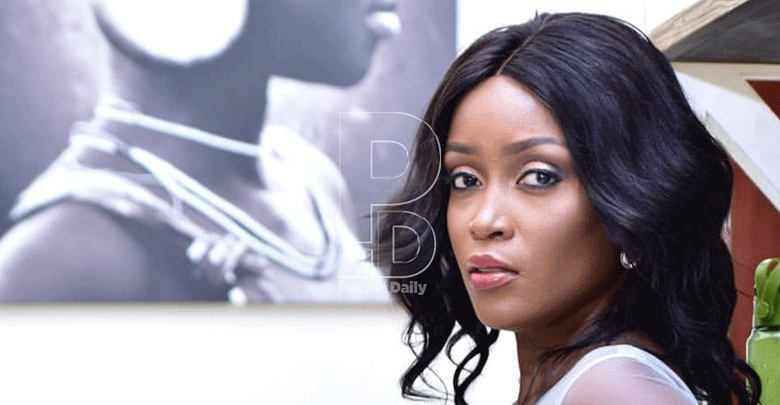
The pandemic almost brought the fashion industry to a halt, and while stakeholders are adjusting, the situation raises questions about the sustainability of all-out fashion shows. Faith Kyoumukama explores.
Normally, the first quarter of the year kicks off with about four fashion events held in Nairobi.
The fashion calendar officially starts with Fashion High Tea, considered one of the most lavish fashion events held annually in the country.
New fashion trends, top fashion designers, topped with a lavish menu, fashion high tea was considered to be a must-attend fashion mecca.
The charity-driven event, launched 11 years ago, had religiously been held in February every year, until 2020 and now 2021.
When Spice reached out to the organisers, they simply said they were looking into doing things differently than usual, a decision they made even before the pandemic struck.
Tribal Chic, which usually takes place around the same time, is yet another lavish charitable fashion event that takes place at the Tribe Hotel in Village Market.
Top designers such as Adèle Dejak, Katungulu Mwendwa and KikoRomeo have graced this runway with haute couture.
Others that take place throughout the year include, the Nairobi Fashion Market, The JW Show, Brads Fashion Show, and the Nairobi Fashion Awards to name but a few.
Most of these events have not yet taken place because of the Covid-19 pandemic and the restrictions that come along with it; however, most designers have opted to sell their designers online a move that might cause a threat to fashion shows in Kenya.
Kenyan designer Mitchell Sebi of Kifari Koture says she doesn’t see herself participating in fashion shows anytime soon because her business has been thriving online compared to when she showcased it on the runway.
“The online space is a lifesaver; it’s cheaper than a live audience fashion show where you have to incur so many costs and your audience can watch your shows from the comfort of their homes,” says Sebi.
She records short videos of her outfits and posts them on her social media pages.
“I put on a little show for the audience so that the videos are not boring. Music plays in the background as a practical demo on how to rock some of my designs runs. I don’t have to pay for models because I’m my own dummy,” she says.
Most fashion shows are undoubtedly costly, especially since it involves detailed logistics. models, venue, runway set up, a whole lot goes into creating a show that is also aesthetically pleasing to the audience.
Brian Robert, founder of the Brads fashion show, says the pandemic is the reason they did not hold the event last year.
“Fashion shows depend greatly on numbers and now with Covid-19 restrictions, it’s hard to set up an event with few numbers especially when it comes to the expenses,” he says. Despite the ongoing situation, the future is still bright for holding fashion show events.
“Brad fashion show will be back on the scene soon, and when the curfew is lifted we can be able to hold events even for smaller crowds,” he adds, saying that a proper fashion show set up cost over a million shillings.
“A venue can cost about Sh300,000, and because most organisers rely on ticket sales at the moment, most people would shy away from even coming to events given the circumstances,” he reveals.
Sheena Frida, TV personality and executive director at Trade and International Relations Committee Kenya Fashion Council, advises key industry players to come together, collaborate and host one fashion show.
“The fashion market is evolving, with people prefering to purchase online, why not come together and create one fashion show as opposed to multiple fashion shows and let it be held once or twice a year.
We are looking at a situation where designers are opting to tender more to their digital consumers,” she shares.
Fashionista Leila Namisango says most fashion shows have been replaced by pop-ups, (a temporary show to take advantage of a trend or seasonal demand).
“While shows have been replaced by other effective platforms such as pop up and social media campaigns, the Kenyan fashion industry should put structures in place to keep fashion shows alive,” Leila says.
“It’s true and sad that there are fewer fashion shows on all levels in Kenya. Even post Covid-19, we might see a decline in the number of shows held.
I don’t think the main purpose of fashion shows is to sell but to celebrate the designers increase brand awareness and showcase creativity,” she adds.
An up-and-coming designer who wanted to remain anonymous mentioned that she stopped showcasing her designs at Kenyan runways because it did not give her intended value in the long run.
“I would showcase my designs and people would follow up, but with time I did not see any value back, especially at the events,” she said.
She says in the case of the sudden slowdown, the industry is going through an “apocalypse’.
“A fashion apocalypse era is a shift that is a direct result of going fully digital.
Adaptation of digital solutions in fashion has solved some of the main pains in the stylish market and at the same time brought challenges in form of rising competition within the industry.
Case in point, fashion show organisers are looking at social media as a threat and their biggest competition.
I believe using social media, influencers and advertising is a cheaper bargain as compared to taking part in a fashion show,” she explains.
Kenya’s modelling dance and theatre agency Mochez models founder Dorothy Oliech says that the industry is in such a mess.
“We were so excited about 2020 and had so many plans and everything came to a halt.
Things are tough at the moment, but we cannot allow ourselves to continue sitting and doing nothing.
We should come up with something, despite the worry of not selling tickets or even having a quorum at these events. It’s dicey, but life must go on,” she says.
